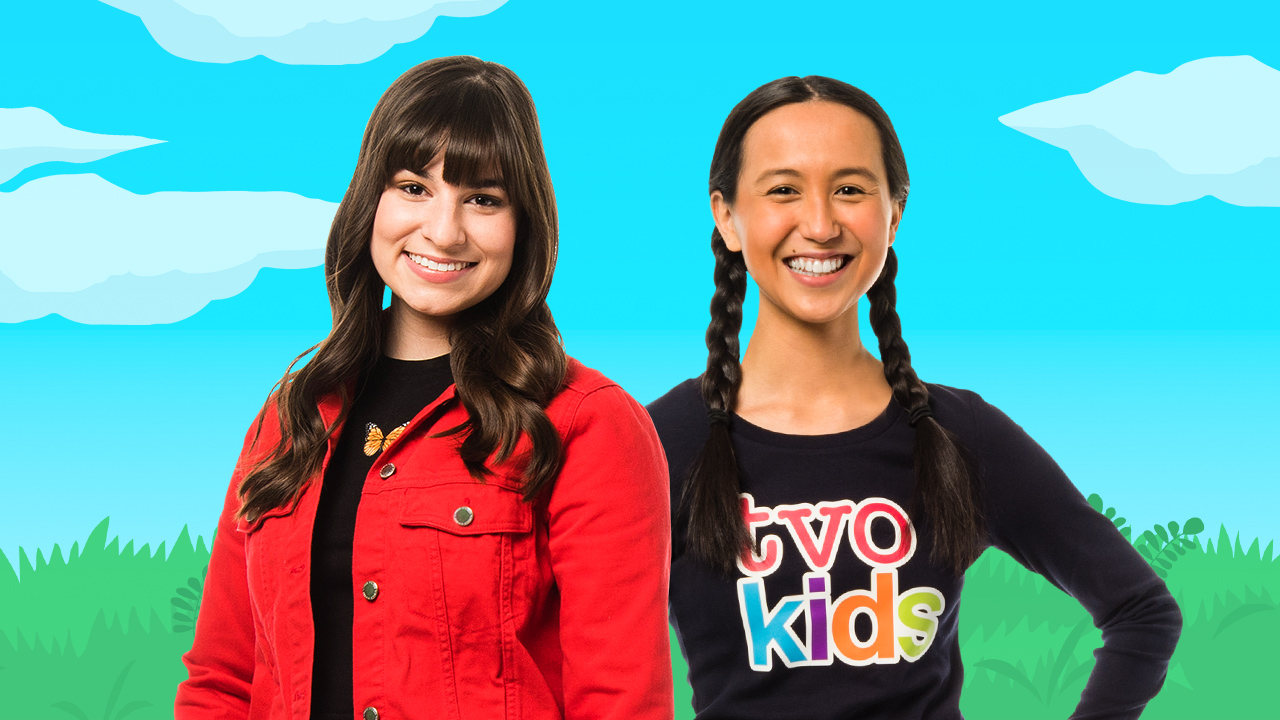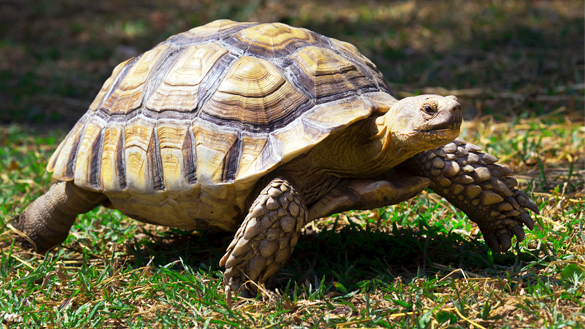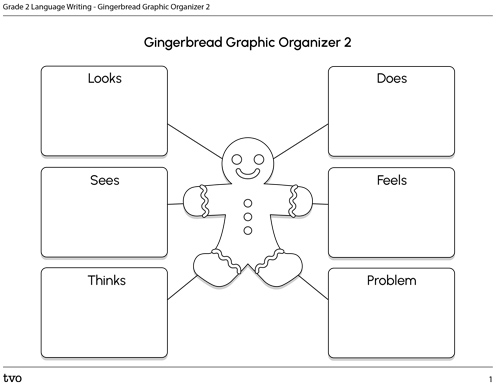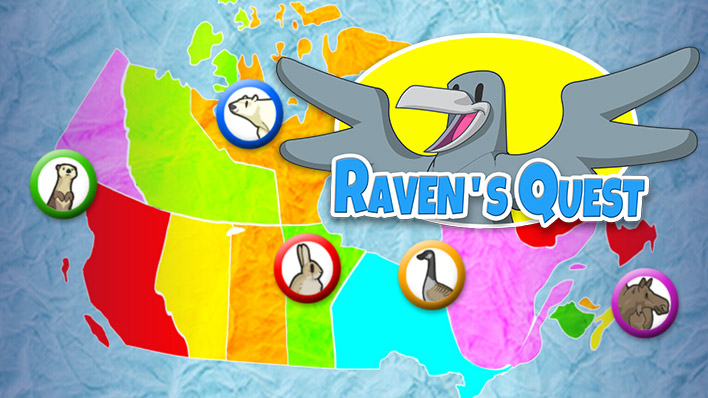Minds On
Favourite character or personality

Do you have a favourite character from a book, a TV show, or a movie? Do you have a favourite superhero? Why are they your favourite? What is it about them that you like?
Think about why you like your character or media personality (someone on T.V., internet, podcast, or radio). What are some of their personality traits?
Student Success
Think-Pair-Share
Describe your character
Jot down a few words or phrases for why you like this character in your journal, a sheet of paper, a note pad or sticky note, or type it out. Don’t worry about checking for spelling for now. Just do your best, and focus on putting your ideas on paper. Talk out your ideas into a voice-to-text tool if that helps.
Note to teachers: See your teacher guide for collaboration tools, ideas and suggestions.
Action
Character creation
Look at the words and/or phrases you used to describe your favourite character.
Words: adjectives, nouns, adverbs, verbs
Did you use a noun? A noun can be a person, place, or thing.
Did you use an adjective? An adjective tells us more about a person, place, or thing.
Did you use a verb? A verb is an action word.
Did you use an adverb? An adverb tell us more about a verb.
Access the videos “Homework Zone: Nouns” and “Homework Zone: Adjectives” to learn about adjectives and nouns.
Nouns
Adjectives
A noun is a person, place, or thing. Adjectives are describing words that are used in a sentence to describe a noun.
For example, in the photo, there are many boots. The word boots is a noun because it is a thing.
In the photo, some boots are bigger and some boots are smaller. We use words bigger and smaller to describe the sizes of the boots. Bigger and smaller are adjectives.

Access the videos “Homework Zone: Verbs” and “Homework Zone: Adverbs” to learn about verbs and adverbs.
Action Words or Verbs
Adverbs
A verb is an action word we use in a sentence.
An adverb describes the verb that we use in a
sentence.
For example, in the picture, we see a tortoise walks slowly and a cheetah runs quickly. The words walks and runs are verbs because they are action words we use.
The tortoise walks slowly. The word slowly is an adverb. It describes how the tortoise walks. We use an adverb in a sentence to describe the verb.
The cheetah runs quickly. The word quickly is an adverb. It describes how the cheetah runs. We use an adverb in a sentence to describe the verb.


We understand what are adjectives, adverbs, verbs, and nouns.
Let's go back to our favourite character. We will focus on how you described your favourite character. We can use the table to help us group the words that were used.
Check your work to make sure you have:
- adjectives
- adverbs
- verbs
- nouns
Use the Adjectives, Nouns, Adverbs, and Verbs Fill-in Table in your notebook or use the following fillable and printable document to help guide you and to check over your work.
| Adjectives | Nouns |
|---|---|
|
Adverbs |
Verbs |
Press the ‘Activity’ button to access the Adjectives, Nouns, Adverbs and Verbs Fill-in Table.
Your tables might have words or phrases that are similar to these examples below:
- fun, funny, wacky, weird, cool, smart, quiet, curious, helpful, kind
- talks quickly
- thinks differently
- eats super fast
- looks cute
- is the colour green
- makes friends easily
- solves problems
- likes technology
Sort these examples and add them to your tables.
In your table, you now have a list of words to describe your favourite character.
Your next step is to brainstorm ideas to create your very own character. Today, you will have a chance to be an author and write all about it.
Brainstorm
Brainstorming warmup
Brainstorming helps get our ideas flowing about an idea we want to explore. When we brainstorm, there are no right or wrong answers. With something in mind, we can choose to draw, write or share our ideas.
We can use our 5 senses to help get our ideas flowing.
Try this simple 2-minute writing warmup exercise.
Close your eyes, and take a deep breath in while counting to 5, and then breathe out while counting to 8. Do this 3-5 times. Slowly, open your eyes and bring your attention to your surroundings. What do you notice? Pay attention to the sounds you hear. What do you visualize right now? What does the air smell like? How are you feeling right now? Write down anything you notice. Try this for 2 whole minutes.
Mind map/graphic organizer
We’re going to start using some or maybe even all of the 5Ws 1H (who, what, where, why, when, how), starting with WHO. Who is your character?
Choose one graphic organizer, or you can use a blank sheet of paper to create your own mind map, to brainstorm along with the guiding questions below to help you. Use the Gingerbread Graphic Organizer 1 or Gingerbread Graphic Organizer 2 in your notebook or use the following fillable and printable document help guide you and to check over your work.

Press the Activity 1 button to access the Gingerbread Graphic Organizer 1.
Activity 1 (Open PDF in a new tab)
Press the Activity 2 button to access the Gingerbread Graphic Organizer 2.
Activity 2 (Open PDF in a new tab)Use the following questions to guide you in creating your character. You can pick and choose which questions to start with. Try working with 1 question from each THINK ABOUT section. There are 7 sections.
You may wish to draw out a sketch of your character first. Add onto your drawing as you think about each question, and then start writing out your ideas.

You may wish to act out and pretend to be your character first, to get ideas for each question.

If you’re making a mind map, use whatever idea you have for your character. It can be a word or a phrase. Write the word or phrase in the center of a blank paper or mind map template. As you go through the question, link the new ideas as you add onto your mind map. Use the Mind Map Template in your notebook or use the following fillable and printable document help guide you and to check over your work.
Press the ‘Activity’ button to access the Mind Map Template.
Think About
Student Tips
Creating your character
If this section is too long or wordy, you can use yourself or an existing character and make changes. A simple strategy is to:
- create a character completely opposite to yourself or to your favourite character.
- take yourself or your favourite character and make yourself 20 years older.
- take your least favourite character and make that character even more despicable.
- pick your favourite animal and give your animal a personality.
- pick an everyday object and give it a personality.
THINK ABOUT who your character IS.
- Is your character human or an animal?
- Is your character an object with a personality?
THINK ABOUT what your character DOES.
- What does your character say?
- Come up with a regular saying your character says. We call that a catch-phrase.
- How does your character talk?
- What does your character like to talk about?
- Does your character even talk?
- Does your character speak more than 1 language?
- What are their hobbies, activities, sports, music, dance, reading, crafts, knitting, gardening, exploring, researching, studying, games?
- Does your character follow rules or sometimes get into trouble? Why?
THINK ABOUT how your character FEELS.
- What makes your character happy, sad, unsure, angry, excited, optimistic?
- What are their greatest fears?
- What motivates your character?
- Does your character feel free to do what they want and like?
- Does your character show their feelings?
- Does your character hide their feelings?
- How do others feel when they are around your character?
- Does your character have secrets?
- Who does your character trust or confide in?
THINK ABOUT what your character LIKES.
- What do they like about their home life?
- What do they like about their school?
- What’s their favourite subject(s)?
- What are their sports or hobbies? What music do they listen to?
- Does your character have any special skill(s)? Maybe your character feels ordinary and wishes they had something special. Maybe your character doesn’t know what their special skill is yet.
- What are their favourite foods, time of day, day of the week, sports, books, T.V. shows, games, places?
- Who do they look up to? Who do they want to be like?
- Do they like noise and busy places, or do they prefer quiet, alone time?
- Do they like to have a lot of people’s attention?
THINK ABOUT what your character DISLIKES.
- Any foods? Subjects? Chores? Time of day like bedtime, morning?
- People? Relatives? Neighbours?
- Behaviours?
- Do they like to talk in front of their class?
THINK ABOUT your character’s LIFE.
- Who is in their family?
- Any siblings? Pets?
- Who do they live with?
- When do they spend time with their caregiver(s)/guardian(s)?
- Who are their friends? Does the character have a lot of friends, a few friends, 1 friend?
- Do they have imaginary friends?
- Who are their classmates, teachers, coaches?
- What do they do after school?
- How do they go to school? Are they homeschooled?
- What are they allowed to do at home? What are they not allowed to do at home?
THINK ABOUT how your character LOOKS and DRESSES.
- Make something unique about how your character dresses. It could be footwear, a jacket, a shirt or t-shirt, hat, or colour, or logo or pattern.
- How does your character wear their hair?
- Are they always carrying something or wearing something: necklace, wristband…?
Masks
When you make a character for your story, there is a lot to think about. Making a mask is like writing about a character. If the mask is a person or an animal, how will you design it? When you explore a mask, you learn more about the character behind it.
Access the video “The Mystery Behind the Mask” to learn more about past and present cultures around the world that celebrate with masks and costumes.
A mask is like the outside of a character. It is how we understand the character behind the mask. What if we were to learn more about what is behind the mask? Perhaps we can learn more about the feelings, dreams, or their adventures.
Time to finish your character brainstorm. Now we want to learn more about your character's life.
- Where does your character live and who do they live with?
- Where does your character go to school or do they work?
- What types of friends do they have?
- Do they enjoy any activities?
Use the organizer to help record your ideas.
If you brainstormed using a mind map, you can start organizing and moving your ideas on your mind map to the gingerbread person template.
Inside a new gingerbread, we can write about your character.
What do you know about the character's friends, school, activities? Write the details on the outside of the gingerbread drawing.
This time we will write inside of the gingerbread. Describe what is your character like?
If possible, ask your teacher for help if you want to use a shape that is not a gingerbread.

Conflict
A conflict is a disagreement. For example, there can be two people who think different. The conflict is when they both think they are right. Another example of conflict can be when two people have to share a room. One person is noisy and the other person wants it to be quiet.
Think about a conflict. You may have heard the conflict, possibly even seen it or been in a conflict yourself. What come to mind?
Think of a problem or challenge your character experiences. How is it that the character has this conflict or challenge? You can also add another conflict if you want.
Is the problem a conflict with another?
- best friend starts playing with others more
- family member too busy to spend time
- being bullied by a classmate
- doesn’t like their teacher
- new neighbours are noisy at night
Is the problem one that has to do with their surroundings?
- have to move and your character doesn’t want to
- disaster happening (storm, tornado, water leakage, flood)
- play at school and your character can’t remember their part
Is the problem an inner problem?
- your character keeps trying to get good at something but keeps making mistakes
- your character feels lonely
- your character wishes they were more like someone else
- your character daydreams at school and can’t help it
- your character keeps getting in trouble but doesn’t know until they’re in trouble
- your character is supposed to believe something they don’t really believe
Voice
Now, try your best to write as if YOU are your character! Use words like
I, me, us, we
This is called writing in first person narrative.
It’s just like you are pretending to be your character. So, you must write as your character, and not as yourself!
Choose a SETTING for your character. A setting is a time and a place. You can make the setting anywhere because you’re the writer! YOU DECIDE! Just try to make sure that the setting makes sense to your character and their problem/conflict/challenge/big change. Try to make the reader interested in your writing.

Exercise: Is this interesting?
My character’s conflict is that they are so afraid of the dark that they freeze like a statue, and I put my character on a swing set in a playground in the morning.
Is that interesting so far? Yes or No?
Right now, it doesn’t sound too interesting.
More needs to be added, or maybe the setting needs to be changed. Maybe if we change the setting to the longest and darkest night of the year, maybe that will be a bit more interesting for the reader because the character is really afraid of the dark, and it’s the longest (darkest) night of the year! Maybe it’s the new or dark or black moon that occurs every 28 days. What does my character do once a month whenever it’s a new moon?
As a reader, we’re wondering what this character will do!
Explore Raven’s Quest Game!
It’s time to play a game! You will now access Raven’s Quest Game.
While you have fun playing Raven’s Quest Game, examine at least two animal characters before helping them in the game. Examine the words each animal character says that give them their unique voice. How are the words for Turtle’s voice different than Skunk’s? Are there words in common? Complete a table similar to the one shown. For a challenge, examine and compare 2 other animal characters using a Venn Diagram, and remember to have fun learning!
|
Raven’s Quest Animal Character |
Words or Phrases |
Consolidation
Final draft reflection
Rewrite your final draft and include all the revisions to content, spelling, verb tenses, and punctuation.
- What helped inspire your character?
- What helps build your imagination?
- How does being a reader help your writing?

Reflection
How do you feel about what you have learned in this activity? Which of the next four sentences best matches how you are feeling about your learning? Press the button that is beside this sentence.
I feel...
Now, record your ideas about your feelings using a voice recorder, speech-to-text, or writing tool.
Press ‘Discover More’ to extend your skills.
Discover MoreWrite a set of instructions
Research a children’s author, picture book author, or illustrator. Write them a letter asking them about their story writing process. Ask them what inspires them. Ask them how they create their characters. Ask them how they build their imagination.
Research the use of masks in the history of your own culture. How else were masks used in the past in your own and other cultures?
Research an actor, play writer, or film writer. Write them a letter asking them about their story writing process. Ask them what inspires them. Ask them how they create their characters. Ask them how they build their imagination.
